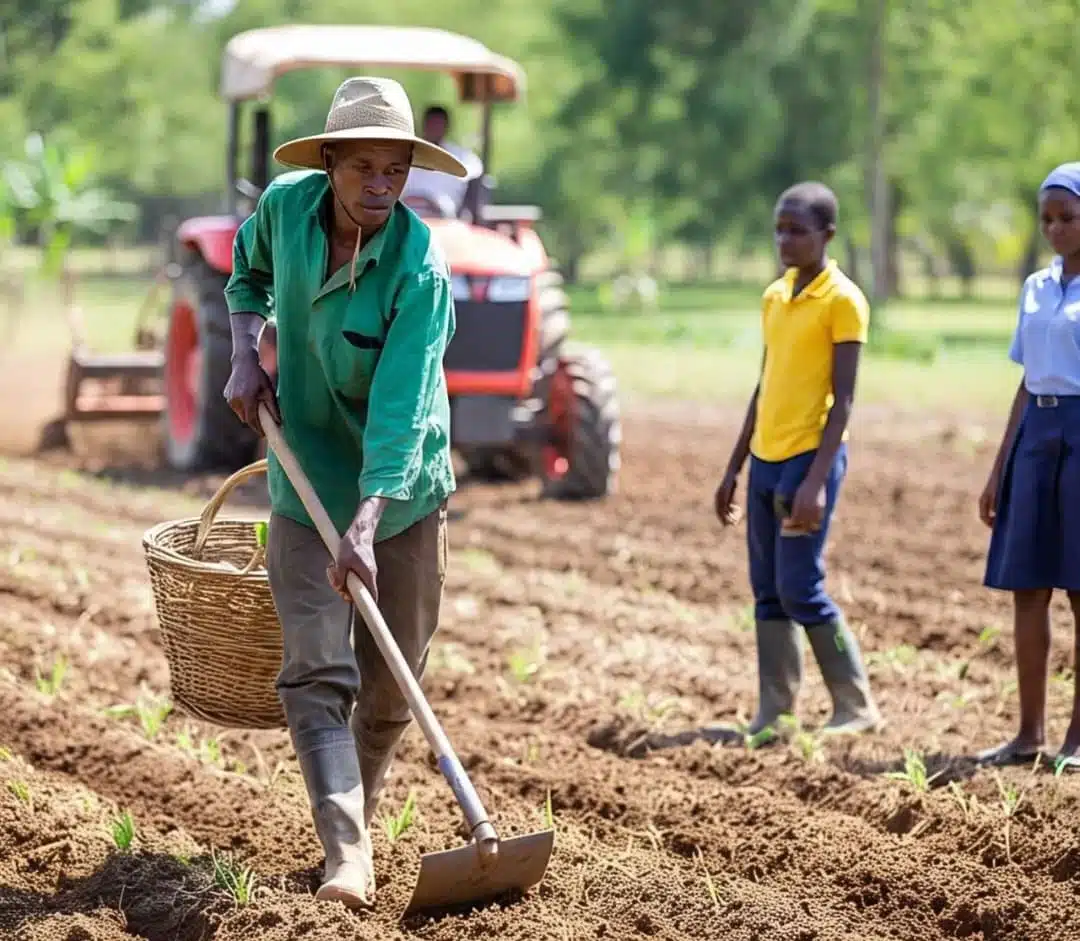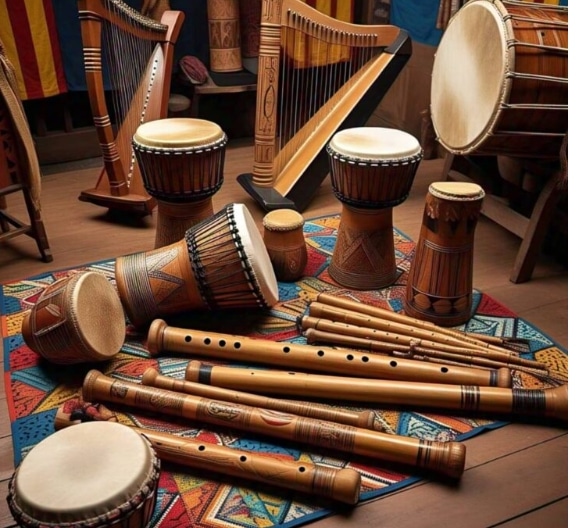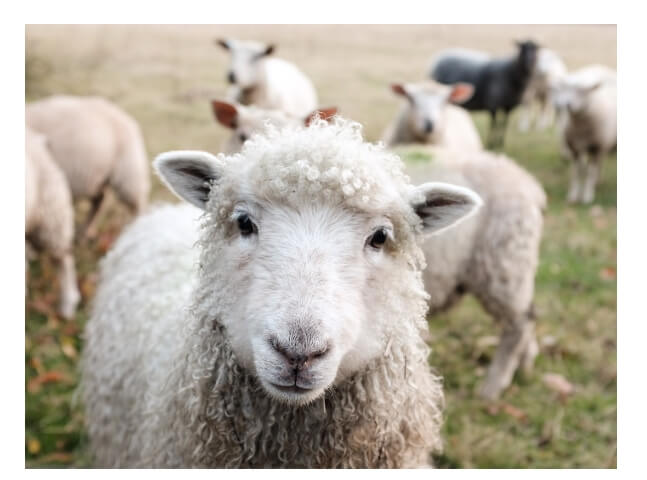Table of Contents
ToggleLesson Title: Where People Work – Workers and Their Workplaces
Subject: Vocational Aptitude
Class: Primary 2
Term: First Term
Week: 3
Duration: 40 Minutes
Theme: World of Work
Topic: Workers and Their Workplaces
Sub-topic: Types of Workplaces and Why People Work
Focus Keyphrase: Workers and Their Workplaces
SEO Title: Workers and Their Workplaces for Kids
Performance Objectives
By the end of the lesson, pupils should be able to:
-
Define a place of work.
-
Identify at least 10 different types of workplaces.
-
Match workers to their correct workplaces.
-
Mention 3–5 reasons why people work.
-
Participate in class activities about different jobs.
Instructional Materials
-
Flashcards of different workers and their tools
-
Real photos or picture charts of workplaces
-
Toy props (e.g., doctor’s coat, builder’s helmet)
-
Audio/Visuals (optional: local videos showing real jobs)
Set Induction (Engagement)
“Class, do you remember when Mrs. Obi visited us and brought her nurse’s uniform? Can anyone remember what she told us about her work at the hospital?”
[Let pupils respond.]
“Well, today, we will be talking about where different people go to work and the kinds of jobs they do there. Just like your mummy may work in an office or your daddy may fix cars in a workshop, everyone has a special place where they work!”
Workers and Their Workplaces
Lesson Development
Step 1: What is a Place of Work?
A place of work is anywhere people go to do their jobs. It is also called a workplace. People go there to use their time, skills, and energy to help others and earn money.
Step 2: Real-Life Story (Humanized)
When I was a little girl, I loved going to my Auntie’s bakery. Every morning, she would wake up at 5am, tie her apron, and go to the hot oven to bake fresh bread. Her workplace was not an office or a school—it was a bakery! And people came from far and near to buy her sweet, soft bread.
In your own life, who do you know that has a special place they go to for work?
[Pupils discuss.]
Step 3: Types of Workplaces
Here are some examples of workplaces:
| Worker | Workplace |
|---|---|
| Teacher | School |
| Doctor | Hospital/Clinic |
| Banker | Bank |
| Mechanic | Workshop |
| Farmer | Farm |
| Librarian | Library |
| Butcher | Abattoir |
| Pilot | Airport |
| Lawyer | Court |
| Photographer | Studio |
| Broadcaster | Radio/TV Station |
| Soldier | Barracks |
| Trader | Market |
| Hairdresser | Salon |
Step 4: Reasons Why People Work
People don’t just work for fun. They work to:
-
Survive – Buy food, clothes, and shelter.
-
Enjoy life – Pay for school, travel, and fun.
-
Help others – Doctors, teachers, and police keep us safe and educated.
-
Improve the world – Farmers grow food, engineers build bridges.
-
Feel good – Many people feel happy and proud when they do their jobs well.
Class Activities (Humanized & Engaging)
-
Matching Game:
Provide pupils with worker cards and workplace cards. Ask them to match:-
“Where does a nurse work?”
-
“Who works in a workshop?”
-
-
Role Play:
Pupils pick a profession and act it out.-
E.g., A child wears glasses and pretends to be a teacher writing on a board.
-
-
Draw Your Dream Workplace:
Pupils draw themselves in the job they want when they grow up. -
Who Am I? Game:
“I wear a white coat and help sick people. Who am I?”
Pupils guess: Doctor
10 Fill-in-the-Blank Questions (MCQs)
-
A place of work is also called a _______.
a) Playground
b) Workplace
c) Market
d) Restaurant -
A doctor works in a _______.
a) Studio
b) Hospital
c) Court
d) Workshop -
A mechanic fixes cars in a _______.
a) Bank
b) Workshop
c) School
d) Garden -
A teacher works in a _______.
a) School
b) Studio
c) Abattoir
d) Bank -
A pilot flies airplanes from the _______.
a) Bank
b) Airport
c) Barracks
d) Pharmacy -
A librarian works in a _______.
a) Library
b) Garden
c) Garage
d) Police Station -
A lawyer works in the _______.
a) Court
b) Restaurant
c) Stadium
d) Studio -
A chef cooks food in a _______.
a) Bakery
b) Hospital
c) Kitchen/Café
d) Library -
A photographer takes pictures in a _______.
a) Studio
b) Pharmacy
c) Workshop
d) Market -
A broadcaster works in a _______.
a) Radio station
b) Court
c) Library
d) Garage
10 FAQs (Frequently Asked Questions)
-
What is a place of work?
A location where someone goes to do their job. -
Is home a workplace?
Yes, for some people like tailors, caterers, or online workers. -
Can someone have more than one workplace?
Yes, a doctor may work in a hospital and also consult in a private clinic. -
Do children have workplaces?
No, children go to school. Only adults work. -
What’s the difference between a school and an office?
A school is where people learn; an office is where business is done. -
What is a chef’s workplace?
A kitchen, restaurant, or café. -
Why do workers wear uniforms?
To stay safe, clean, or to show their job. -
Is the market a workplace?
Yes, for traders and sellers. -
Can a garden be a workplace?
Yes, for gardeners and landscapers. -
Who works in a pharmacy?
A pharmacist.
10 Evaluation Questions
-
What is another name for a place of work?
-
Where does a doctor work?
-
What does a lawyer do in court?
-
Name three places where people work.
-
Who works in a library?
-
Where do traders do their jobs?
-
Why do people work?
-
What do you want to be when you grow up and where will you work?
-
Name a job someone can do from home.
-
Where does a pilot work?
Summary (Teacher’s Closing Note)
Workplaces are not just buildings. They are where people give their energy, heart, and knowledge. From teachers in classrooms to engineers on bridges, every workplace is important. Let’s learn to respect every job and worker we see around us
Qiuz on Workers and Their Workplaces
#1. A person who teaches children in school is called a __________.
#2. The person who treats sick people is a __________.
#3. A __________ helps us cut our hair.
#4. A __________ cooks food in a restaurant.
#5. My father took our car to the __________ to repair it.



















